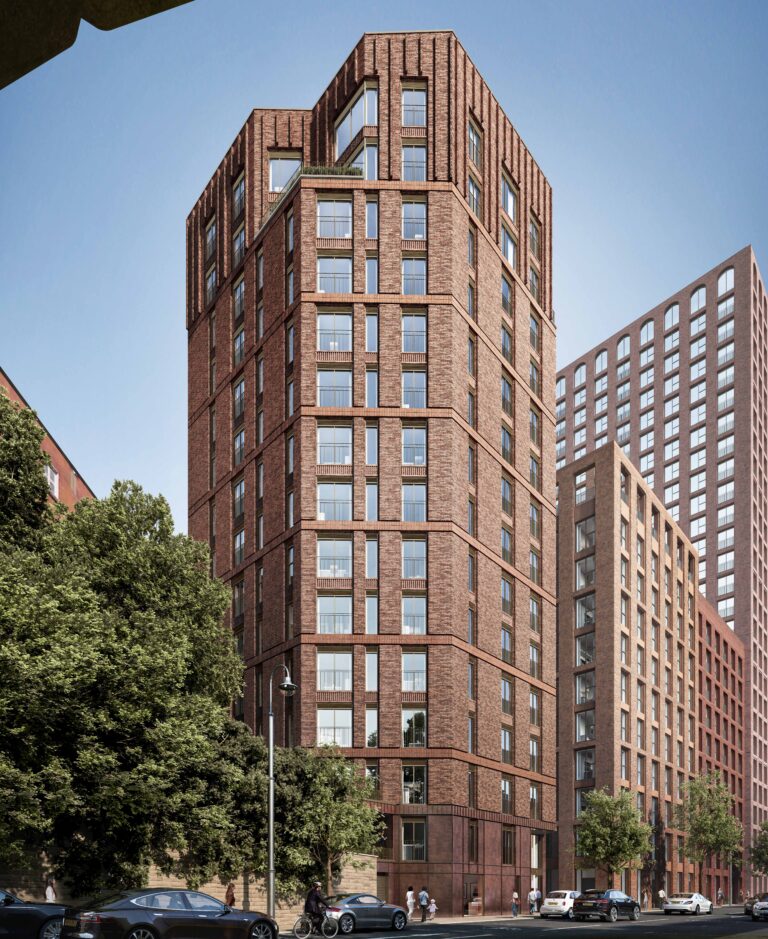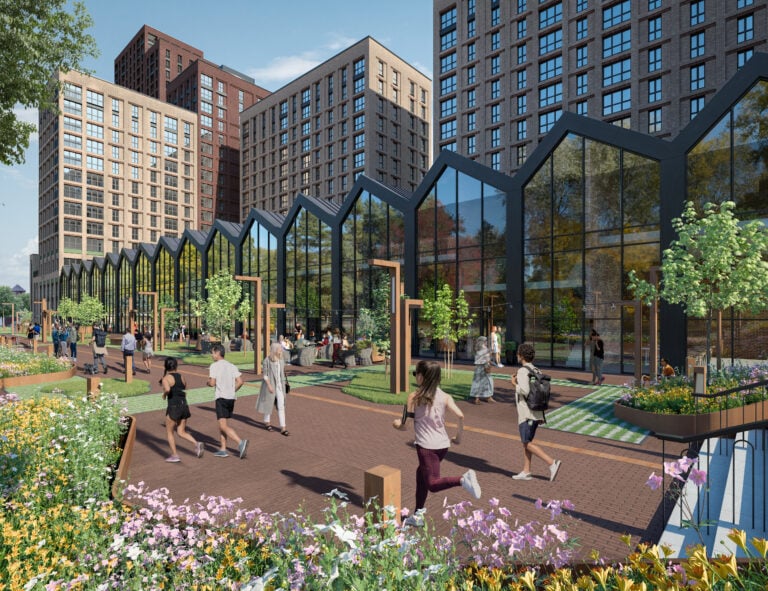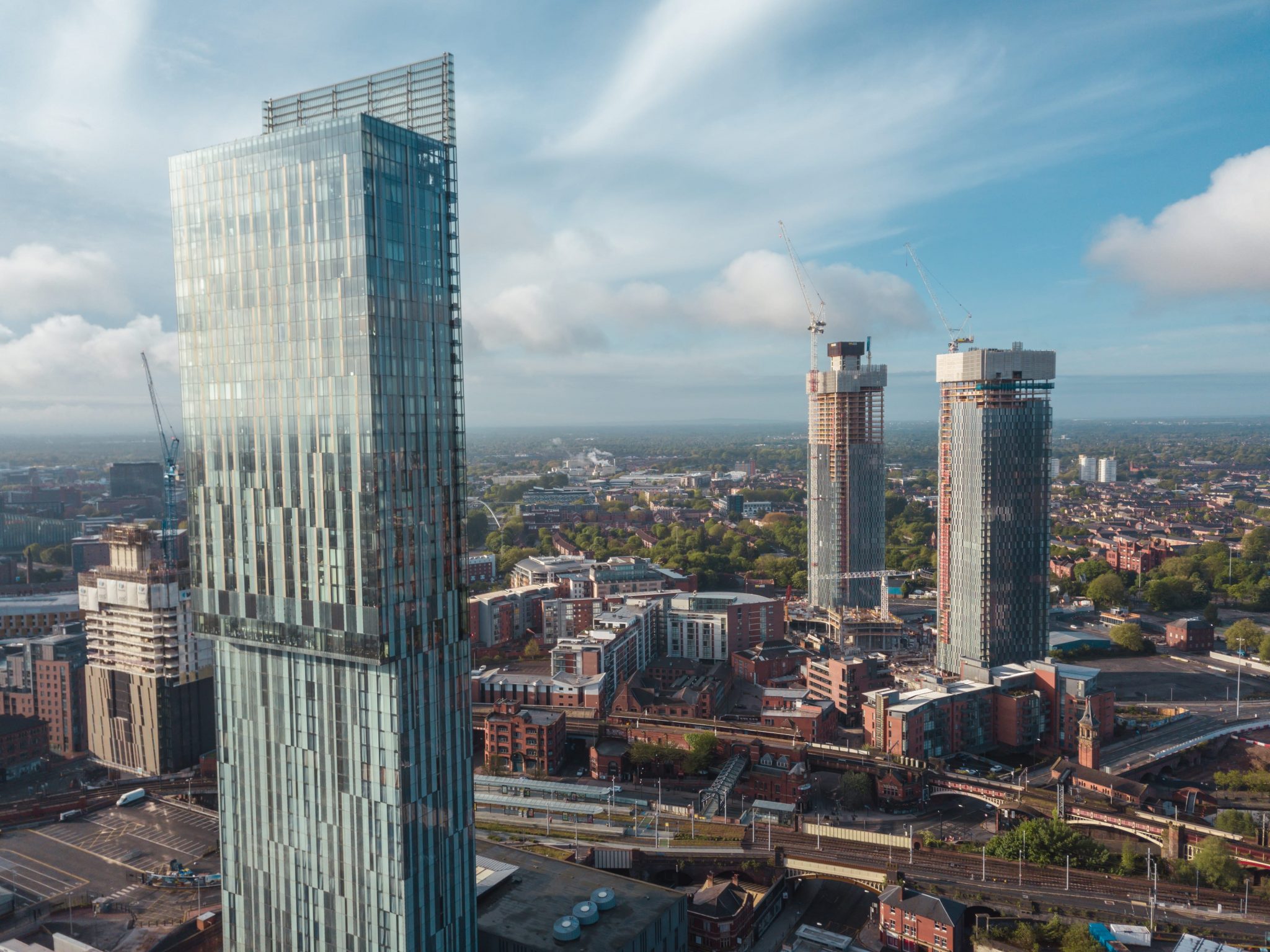The vast and ongoing expansion of the UK build-to-rent sector demonstrates some important trends in the country’s rental market, with more growth on the cards in the coming years.
UK build-to-rent has made huge progress over the past decade, becoming less of a ‘niche’ area and more a mainstream development strategy to plug the rental supply gap, with big corporate names like John Lewis getting involved in schemes across the country.
Rising rental demand has sparked much of this growth, along with changing trends among today’s tenants who increasingly want better standards of accommodation with a view to long-term community building, with additional amenities and services that tenants are willing to pay for. For investors, this means strong rental returns and long-term profitability as the appeal of these homes grows.
Recent figures from the British Property Federation and Savills show that the number of UK build-to-rent homes has now hit 127,000 after more than 17,000 new homes were completed over the past 12 months. The total figure is split between London, with 55,400 completed homes, and the rest of the UK, with 71,700 build-to-rent units now complete.
Regional growth in completions is now outpacing the capital, with an 18% rise in the number of units completed in the regions compared with 13% in London.
However, the results also show that while completions are strong, new starts have been stalling with a 16% annual decline in detailed planning applications in UK build-to-rent. This is not linked with a lack of demand, but rather issues with planning and construction which is also affecting the wider housing market, leading to concerns surrounding the government’s overall goal of creating 1.5 million new homes.
Unblocking the challenges and delays
According to report, there are currently significant delays at the Building Safety Regulator that are blocking new housing schemes. Cost inflation and the economic climate are also slowing things down due to a more cautious market overall.
In order for plans to proceed from outline planning through to detailed planning and finally construction and delivery, these issues must be resolved. This will unlock the whole housebuilding market, including UK build-to-rent which had been gaining swift momentum as a rising and exciting asset class.
Melanie Leech, Chief Executive, British Property Federation, describes the situation as a “bottleneck” preventing UK build-to-rent schemes from progressing through to construction, and this is unfortunately timed with a continued rise in overall rental demand.
She adds: “Investor appetite is there but unlocking it will require a concerted effort to support the delivery of BtR homes. Urgent action is needed in particular to deal with the pipeline blockage currently being caused by the Building Safety Regulator.”
The role of housing strategy in UK build-to-rent
As was the case with the previous government, Labour’s lofty housebuilding targets are being met with some scepticism, with forecasts showing that the country is currently set to fall short of the total 1.5 million goal by 2029.
However, as Leech notes: “The outlook for the remainder of the Parliament could be more positive, with specific support for build-to-rent expected as part of the government’s long-term housing strategy. Tackling backlogs and delays at the Building Safety Regulator, combined with planning reforms starting to bed in, could help provide more certainty around delivery.
“There’s no doubt that the sector’s ability to rapidly deliver high-quality, professionally managed homes will remain a vital part of the UK’s housing mix and the Government’s ambitious 1.5 million homes target.”
The government’s updated National Planning Policy Framework (NPPF) focuses on accelerating the delivery of housing, with a commitment to building 370,000 new homes annually. This includes significant changes to the assessment of housing need, ensuring the areas with the biggest supply/demand challenges receive the highest building targets. It also shifts the focus to ‘grey belt’ sites to unlock more building space.
Last year, the government also revealed a £3bn funding pot towards its new housebuilding strategy, with a provision for UK build-to-rent developers: “Build-to-rent developers will also see the Private Rented Sector Guarantee Scheme reopen at the end of the year, with nearly £2 billion available to ramp up housebuilding. A broader variety of projects will be eligible to access additional lending, so more housing projects can be completed without unnecessary delays.”










